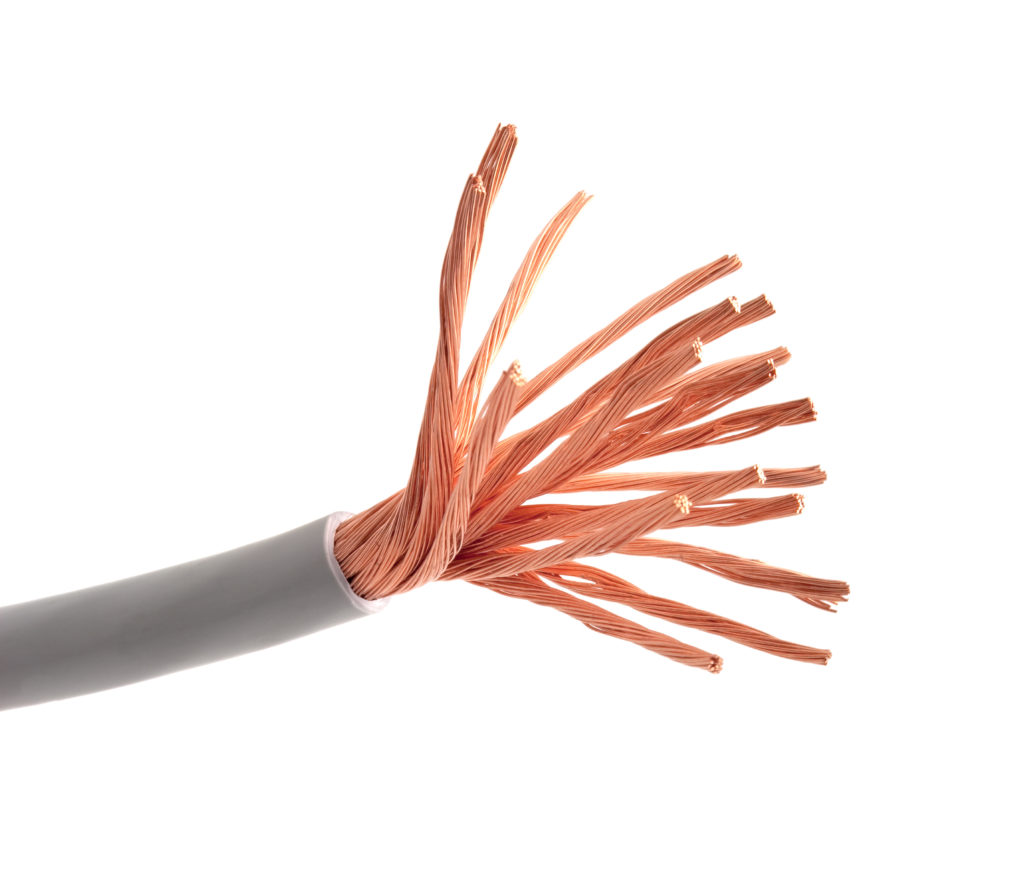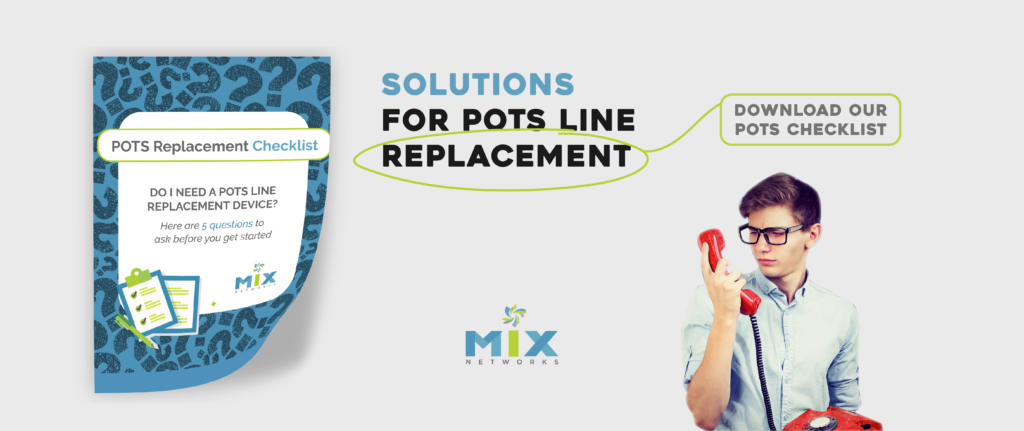Copper phone lines are one of the oldest forms of communication in the world, and they are still used today. They are reliable, low-cost, and widely available, making them an essential part of legacy communications systems, but they are being retired. In this article, you’ll find out more about how copper lines work and their many benefits for businesses.
 What Are Copper Phone Lines?
What Are Copper Phone Lines?
Copper phone lines, also known as “twisted pair” or “plain old telephone service” (POTS) lines, are a type of copper wire used to transmit voice and data. These wires use pulses of electricity transmitted over copper cables to create an analog signal, which is then converted into sound by the phone line receiver. Copper lines have been the primary form of communication for centuries and are still widely used today.
Benefits of Using Copper Lines
Copper lines have the benefit of being reliable, affordable, and easy to install. Additionally, they are highly secure since they provide dedicated communication lines that are independent of other network components. Furthermore, copper lines have a higher data transfer rate than most wireless networks, making them ideal for businesses that require large amounts of data transmission. Finally, copper lines are also more easily repaired in the event of an outage.
Drawbacks of Using Copper Phone Lines
Although there are several benefits of using copper lines, they do have some weaknesses as well. One major drawback of copper phone lines is their susceptibility to outside interference, such as electrical storms and power surges. Additionally, installing these systems can be relatively high for businesses requiring a large number of lines.
Alternatives to Copper
Many people are now turning to alternative phone systems like VoIP (Voice over Internet Protocol), which offers more reliable service and a wider range of services than copper lines. VoIP systems are able to transmit voice communications over the internet, allowing businesses to take advantage of features such as caller ID, voicemail, and conference calling. Additionally, these systems are much more cost-efficient compared to traditional copper lines. These alternatives run the full spectrum from a full transition to VoIP to utilizing ePOTS solutions like POTS IN A BOX® that enable you to continue to use your existing technology but communicate over VoIP.
Do you know how many Copper Lines you still have in service? Contact us today to get on the path to Unified Communications.

 What Are Copper Phone Lines?
What Are Copper Phone Lines?






5 thoughts on “What You Should Know About Copper Phone Lines”
Informative blog post about Copper Phone Lines
My provider has told me that they are not covering copper wire installations from next month. My internet is connected to this using ADSL. I live in the country and cannot receive NBN .Can you tell me who still provides this service
Hi Bob,
Our services are only offered in the US and Canada so I do not know what alternatives would be available to you there in Australia. Have you tried Telstra?
Edmonton Canada Hi Bob my name is Walter, one question . In the inner city area with the phone lines extended on the ploles in the back alleys. How can I find out whether they are still in use?
I’m interested in having a POTS installed to my house in middle village queens, can you do that in my area?